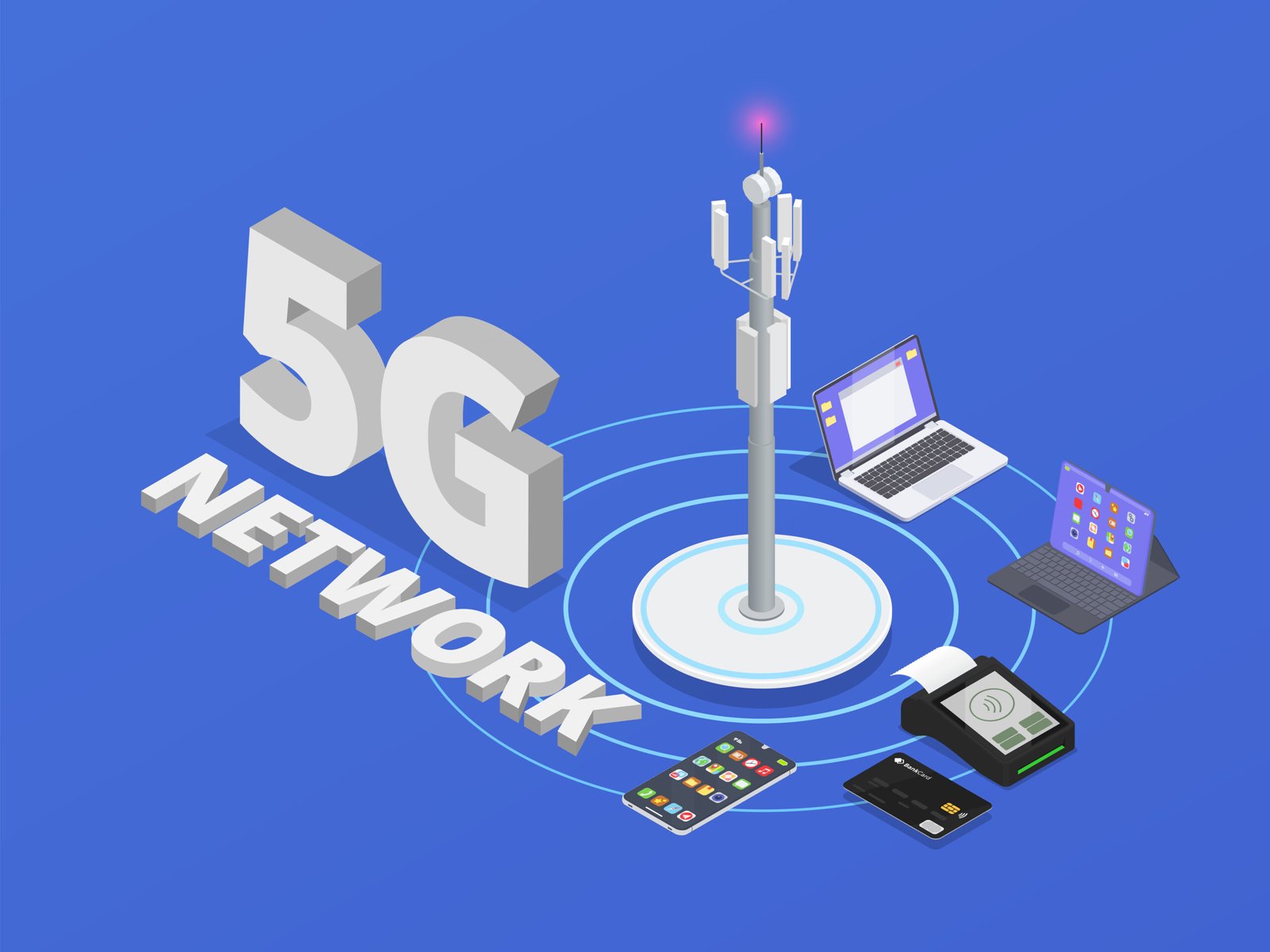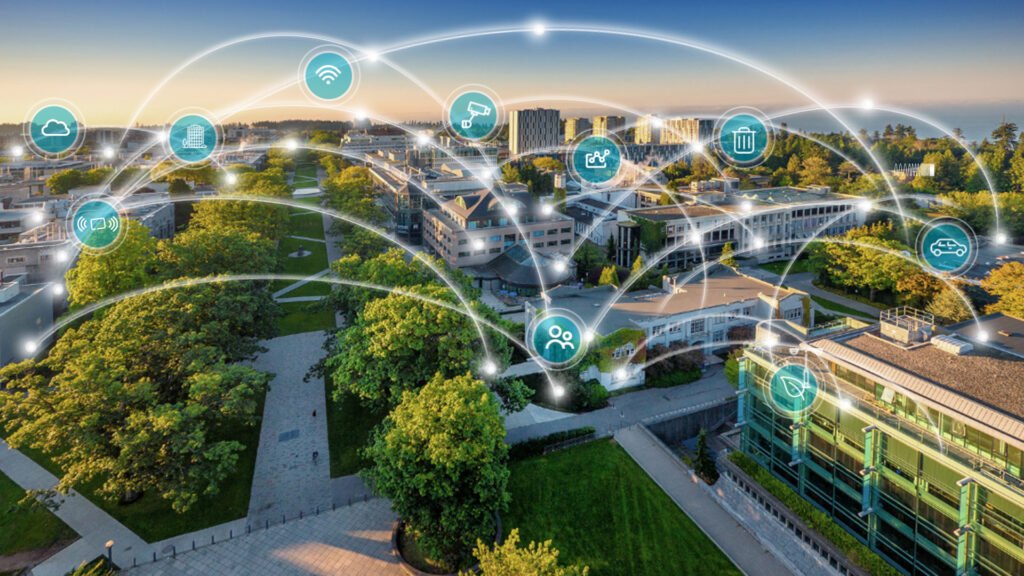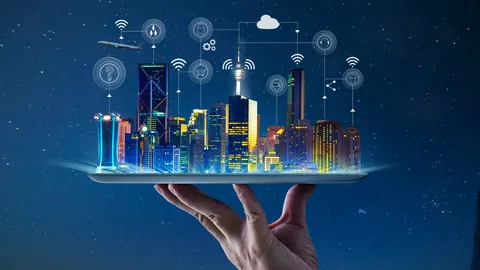A Comprehensive Guide to 5G Technology
A Comprehensive Guide to 5G Technology
In today’s digital age, where connectivity and speed are paramount, a guide to 5G technology is set to revolutionize how we communicate, connect, and experience the world around us. As the next generation of wireless technology, 5G promises unprecedented speed, lower latency, and the ability to support many connected devices. In this comprehensive guide, we will explore the fundamentals of 5G technology, its benefits, applications, and the potential impact it will have on various industries.

1. Understanding 5G Technology/guide to 5G Technology
The Basics of 5G
5G, short for the fifth generation of wireless technology, represents a significant leap forward from its predecessor, 4G. It operates on higher frequency bands, including millimeter waves, allowing faster data transmission speeds and reduced latency. The increased bandwidth of 5G networks enables more devices to connect simultaneously, paving the way for the Internet of Things (IoT) and the seamless integration of various technologies.

Key Features of 5G/Guide to 5G Technology
Enhanced Speed: 5G offers unparalleled speed, reaching up to 10 gigabits per second (Gbps). This tremendous increase in rate allows for quick downloads, seamless streaming of high-definition content, and near-instantaneous data transfers.
Lower Latency: Latency refers to the time it takes for data to travel between devices. 5G technology reduces latency significantly, with response times as low as one millisecond (ms). This near-real-time communication is crucial for applications requiring instant feedback, such as autonomous vehicles, remote surgery, and virtual reality (VR) gaming.

Increased Capacity: 5G networks have a significantly higher capacity, allowing more devices to connect simultaneously without experiencing network congestion. This capacity expansion is vital as the number of connected devices grows exponentially.
2. Benefits and Applications of 5G Technology
Transforming Industries/Guide to 5G Technology
The deployment of 5G technology is poised to revolutionize various industries, bringing forth a new era of innovation and efficiency. Here are some key sectors that will benefit from 5G:
Healthcare: 5G technology enables telemedicine, remote patient monitoring, and faster access to medical records, facilitating more efficient and accessible healthcare services. It also lays the foundation for advancements in robotic surgery and personalized medicine.
Transportation: With its ultra-low latency and high reliability, 5G will be vital in developing autonomous vehicles and intelligent transportation systems. These advancements will enhance road safety, reduce traffic congestion, and improve transportation efficiency.
Manufacturing: 5G’s high-speed and low-latency capabilities will enable the implementation of smart factories powered by connected devices, robotics, and artificial intelligence. This will streamline production processes, optimize supply chains, and enable predictive maintenance.
Entertainment and Media: 5G technology will transform how we consume entertainment, enabling ultra-high-definition video streaming, immersive augmented reality (AR) and virtual reality (VR) experiences, and seamless online gaming.

Enabling IoT and Smart Cities/Guide to 5G Technology
5G technology is a crucial enabler of the Internet of Things (IoT) and the development of smart cities. With its capacity to handle a massive number of connected devices and its low latency, 5G networks will support the interconnectivity of various smart devices, including sensors, cameras, and infrastructure systems. This will lead to enhanced city management, improved energy efficiency, optimized transportation networks, and better public services.





